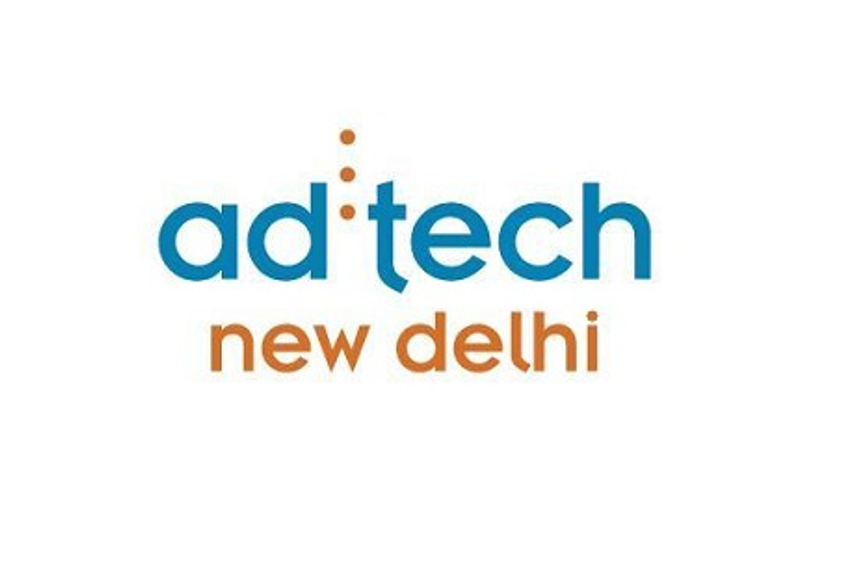
Please sign in or register
Existing users sign in here
Having trouble signing in?
Contact Customer Support at
[email protected]
or call+91 22 69489600
Day one of the conference saw discussions ranging from brands leveraging digital media, big data, to measurement in the digital era.

Contact Customer Support at
[email protected]
or call+91 22 69489600
Top news, insights and analysis every weekday
Sign up for Campaign Bulletins
The new tourism campaign positions Arunachal Pradesh around experiential travel, cultural immersion and discovery beyond conventional destination-led narratives.
The new television commercial positions the TVS NTORQ 150 around performance-led riding and racetrack-inspired everyday mobility.
The integrated communications firm has strengthened its leadership with a senior hire to oversee client relations and content strategy.
In its final year, FCB earned a third consecutive Agency Network of the Year honor, with FCB New York named Global Agency of the Year.